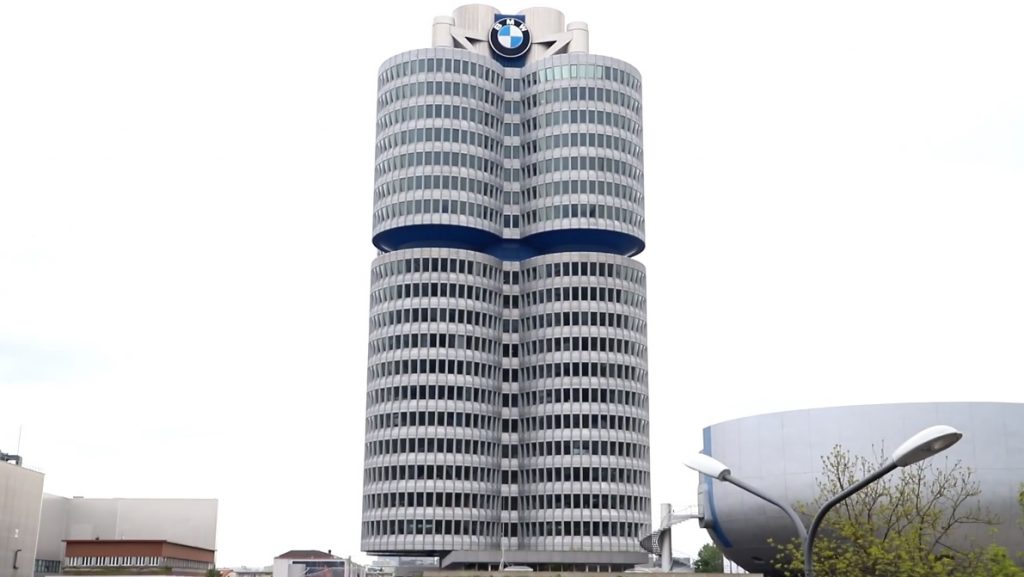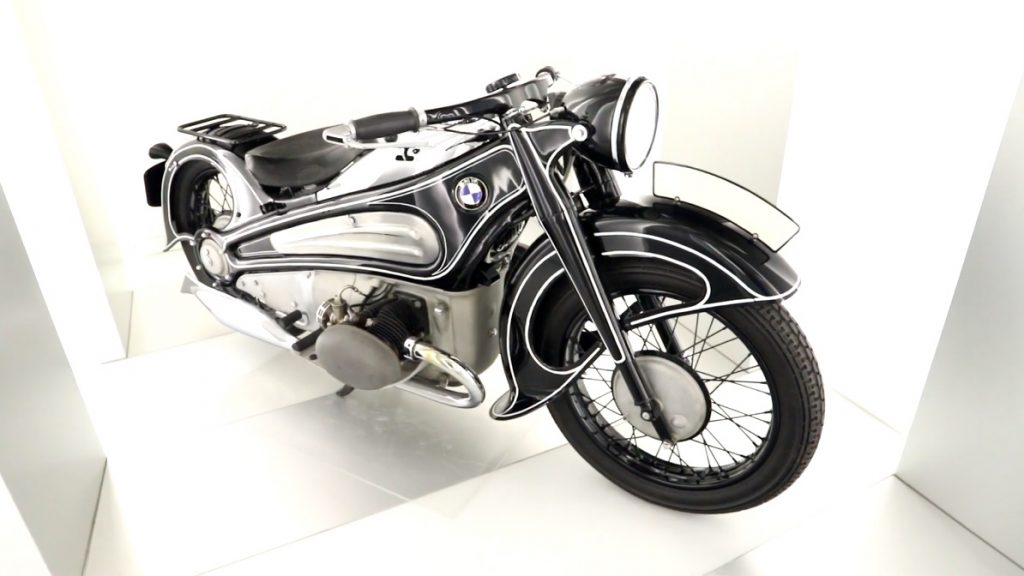BMW has long called itself the ultimate driving machine but lately it does not seem to be the ultimate destination for customers in the market for German luxury and performance.

In 2016, BMW lost its place as the top-selling luxury brand globally to its German rival Mercedes Benz.
Mercedes has also surpassed BMW in their home continent of Europe, a major market for both. To be fair, in 2018 the total sales for the entire BMW group slightly outsold Mercedes Benz cars. BMW Group sold 2,496,664 units that year compared with 2,438,997 vehicles for Mercedes Benz, but still investors and industry observers have noticed the edge Mercedes has gained on BMW. Sales growth at BMW has slowed over the last five years and investors worry the brand has become a bit stagnant.
BMW appointed a new CEO in August 2019 and has assured investors it is on its way to reinvigorating itself. To understand how a name, as storied as BMW, now elicits such opinions from the investment community, it is important to look at its history and what turned it into such a powerful automaker in the first place.
History of BMW
Engine Manufacturing
BMW was founded in 1916 as an airplane engine manufacturer. The famous blue and white emblem which has changed little since the company’s founding incorporates the blue and white colors of the Bavarian state flag in a form that is meant to resemble a rotating airplane propeller.
First vehicle
In the years following the first world war, a state prohibition on the manufacture of airplane engines led the company to make railway brakes and inboard engines. BMW announced it would make its first complete vehicle, a motorcycle, in 1923. The basic engine design of that first BMW Motorrad model has remained largely the same ever since.

First car
The company acquired an automotive manufacturer in 1928 and produced its first cars under the BMW name in 1929. The earliest BMW cars were designs licensed from the Austin Motor Company, but BMW started producing its own designs in 1932.
World War II
When world war II broke out, BMW made weapons and other wartime materials, often relying on forced labor from convicts, prisoners of war and concentration camp prisoners. The company said it is painfully aware of the suffering it caused at that time and regrets the fate of those forced workers.
In the wake of the war, the machines used for armament manufacturing were destroyed and the company started making household appliances. The occupying US military government ordered BMW plants to be dismantled and a considerable portion of machines were shipped to other countries as reparations for the war.
The Restart
BMW eventually restarted motorcycle manufacturer after world war II, beginning with an improved version of the original R23 model the company had first designed in the early 1920s. The motorcycle exceeded sales expectations, selling 9,144 units in its first year.
Manufacturing cars again
BMW began making cars again in the early 1950s. Its first post-war car was the 501 which was not a sales success. The company’s first real hit car came in 1961 with the compact 1500 sedan. The group established its racing subsidiary BMW Motorsport in 1972, which would provide direction and inspiration for BMWs performance oriented cars. The 1500 was something of a turning point for the brand.
BMW soon came out with similar models, a 1600, 1800 and 2000 but it was the 2002 that really made waves, and it is often credited with being the first model that distinguished BMW as a purveyor of a new type of vehicle. The German sports sedan!
Birth of M3
BMW replaced the 02 series with the 3-series in 1975 and since that time the small sporty car has been the sport sedan to beat. BMW also eventually began selling cars bearing the M badge from BMWs motorsport division. Cars such as the M3 and M5 were and still are higher performance versions of BMW sedans that offer ordinary customers the performance needed for the track.

Boom in SUVs
BMWs sales grew as the company solidified its reputation for combining luxury performance with a European pedigree. But over time buyer tastes began to shift starting with a boom in sport utility vehicles in the late 1990s. BMW and German rival Mercedes were both keen to meet the need.
BMW introduced its first sport utility vehicle, the X5, in 1999. Purists cried foul, as they would with other brands embracing the SUV trend. Perhaps, sensitive to this, BMW notably referred to its SUVs as sport activity vehicles, avoiding the association of its products with utility.
Now & Future
Straying away from its identity
Despite the backlash, selling sport activity vehicles has boosted the company’s top-line. They accounted for 37.3 percent of total BMW sales in 2018, an increase over the 33.8% in 2017. However some investors worry that BMW has strayed a bit too far from its identity as a German performance brand.
Falling behind in electric vehicles
In recent years BMW sales have not kept pace as well as Mercedes with growth in the global luxury market. Investors also worry BMW is falling behind in the race to make profitable electric vehicles, a key frontier in the auto industry.

The company had an early lead over many other car companies with its fully electric i3 city car and it’s hybrid i8 sports car. BMW said it will end production of the i8 after releasing a limited Ultimate Sophisto Edition. The i3 has not been a resounding sales success either, its design was unique but polarizing with many reviewers remarking on its odd shape and its lack of consistency with BMWs overall aesthetics. The car also cannot drive as far on a single charge as other EVs, even less expensive ones.

Of course there are elements of the i3 that are remarkably innovative, such as the carbon fiber chassis BMW uses to reduce weight and extract more range from the car on a charge. And despite the fact that the car is so small, BMW has said it has the same amount of interior space as the brand’s famous 3-series sedan.
Now, many automakers are pushing their own fully electric vehicles out into the market, and BMW has at times appeared to waver in its commitment to electric vehicles. Critics accused former CEO Harold Kruger of being a bit too cautious in investing in electrification. The brand’s electrification strategy has also changed tax.
While the i3 is a fully electric vehicle, BMW is now pushing more aggressively into plug-in hybrids, cars that run on both gasoline and a rechargeable electric battery and motor. This might be less costly than investing in fully electric vehicles in the short term, but industry analysts wonder what will happen when the larger industry switches over to fully electric cars.
One of BMW’s key competitors is Audi, which is owned by the massive German automaker Volkswagen. VW has thrown its full weight behind battery electrics, betting that it can manage the costs of going all-in on the technology, and selling electric cars at the high volumes VW is capable of.
At the Frankfurt Auto Show in 2019, VW reportedly said it has already brought down the costs of batteries to $100 per kilowatt hour, and there are doubts BMW can achieve battery costs anywhere near that.
That said, premium automakers such as BMW are likely to have an easier time managing the costs of the tech needed to comply with increasingly stringent emissions regulations, since they can simply charge higher prices for their vehicles and secure better margins than many mass-market automakers.
BMWs current story does have some bright spots. The brand has a slew of new cars coming out over the next few years, including a new addition to its electric i sub brand and new M division models. BMW also has strong brand recognition. Though, it has arguably gone from sports sedan purveyor, to a high-end family wagon maker, its cars are still highly desired among buyers around the world that includes the largest and perhaps most important market in the world today, China.
BMW in Chinese Market
The Chinese auto market has been slowing over the last few quarters, but much of the softness has been in the mainstream segments. The premium segment where BMW plays has remained strong, and BMW is still seeing solid growth there. It is by far BMW’s largest market accounting for 30% of its global sales in 2018. BMW group’s China sales rose nearly 8 percent to 640,803 units, that’s up from 595,020 units in 2017.
In 2018, BMW said it would be increasing its stake in its Chinese joint venture in 2022. Typically, foreign automakers doing business in China have to enter into 50/50 partnerships with local firms. By increasing its stake, BMW is increasing the profits it can pull from its venture. This is also important because in the coming decade emerging markets will account for 100 percent of incremental auto sales, 70 percent of that will be in China.
Furthermore, BMW’s China margins are higher than its non China margins. BMW considers itself the ultimate driving machine, no matter the model, or drivetrain. The legendary German brand will likely need to plow those profits back into its business if it hopes to regain its title of the world’s best-selling premium brand.









